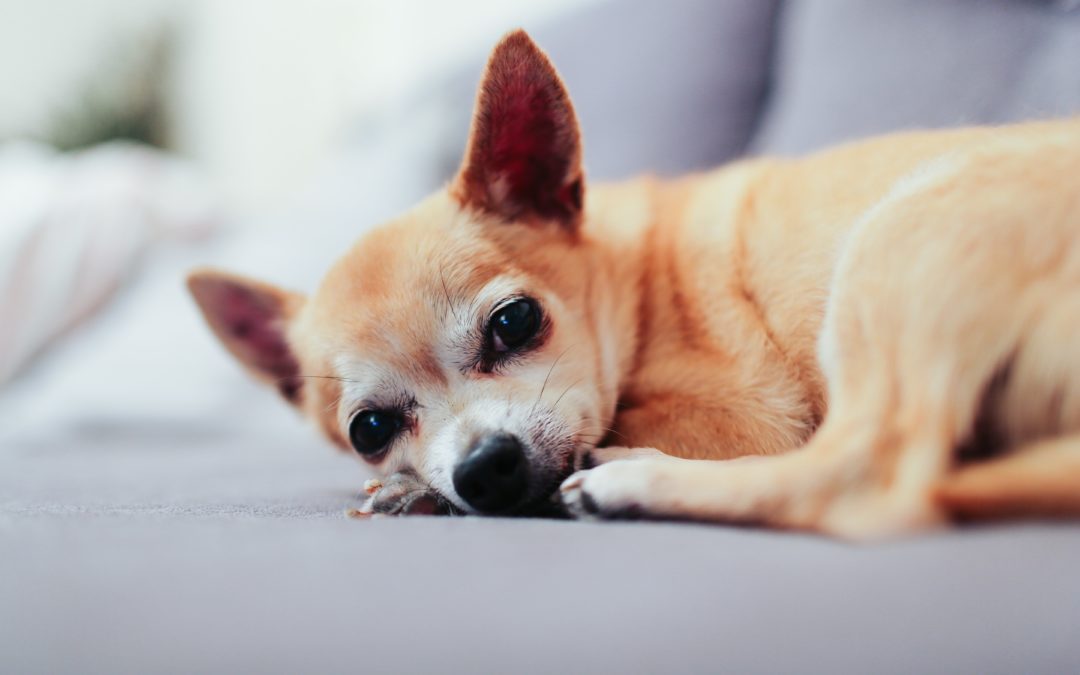Help Your Pet Recover from Surgery
Orthopedic surgery, or any surgery, is a major event for a pet and can disrupt their daily life long after they return home. The following recovery tips will help your pet get back on their feet faster after orthopedic surgery.
#1: Restrict your pet’s activity
Pets do not understand that they need to be calm and quiet to recover from surgery. Although they may soon feel well enough to run and play, keep your dog on a leash when walking outside, return inside immediately after a bathroom break, and confine them to their kennel or small room to prevent too much activity.
#2: Apply heat and ice packs
Heat and ice therapy can reduce swelling and pain and improve circulation to promote healing. In general, ice should be used for 72 hours following surgery, and then heat. Always place a towel between an ice or heat pack and your pet’s skin to prevent damage, and do not use the packs without first checking with your veterinarian.
#3: Assist your pet in walking
Your pet may need help standing, lying down, walking, or posturing to urinate and defecate. Use a sling or other mobility aid to help your pet perform necessary functions and prevent an injury.
#4: Monitor the incision site
Check your pet’s incision site several times a day for swelling, inflammation, or drainage. Keep the area clean and dry, and follow your veterinary surgeon’s instructions.
#5: Administer medication
Medicate your pet postoperatively, as instructed. Your four-legged friend may seem to be recovering quickly and you may think they no longer need pain medication, but you must continue administration as directed. If your pet is experiencing an adverse effect (i.e., vomiting, diarrhea, inappetence, excessive sedation), inform your veterinarian immediately.
#6: Employ rehabilitative therapies
Pets who undergo orthopedic surgery often benefit greatly from postoperative rehabilitation. The following therapies may help your pet recover more quickly and regain muscle mass and mobility:
- Laser therapy
- Hydrotherapy (i.e., underwater treadmill)
- Therapeutic massage
- Passive range-of-motion exercises
- Therapeutic ultrasound
- Acupuncture
- Chiropractic care
- Neuromuscular electrical stimulation
To help your pet bounce back after surgery, your veterinary surgeon will work with you to create a recovery and rehabilitation plan. Contact our team if you need help designing or administering your pet’s postoperative recovery plan.

